A recent pilot CLT project in Japan by Junichi Kato showcases the benefits and appeal of CLT and hopes create demand for a sustainable and more sophisticated ecosystem for CLT production.
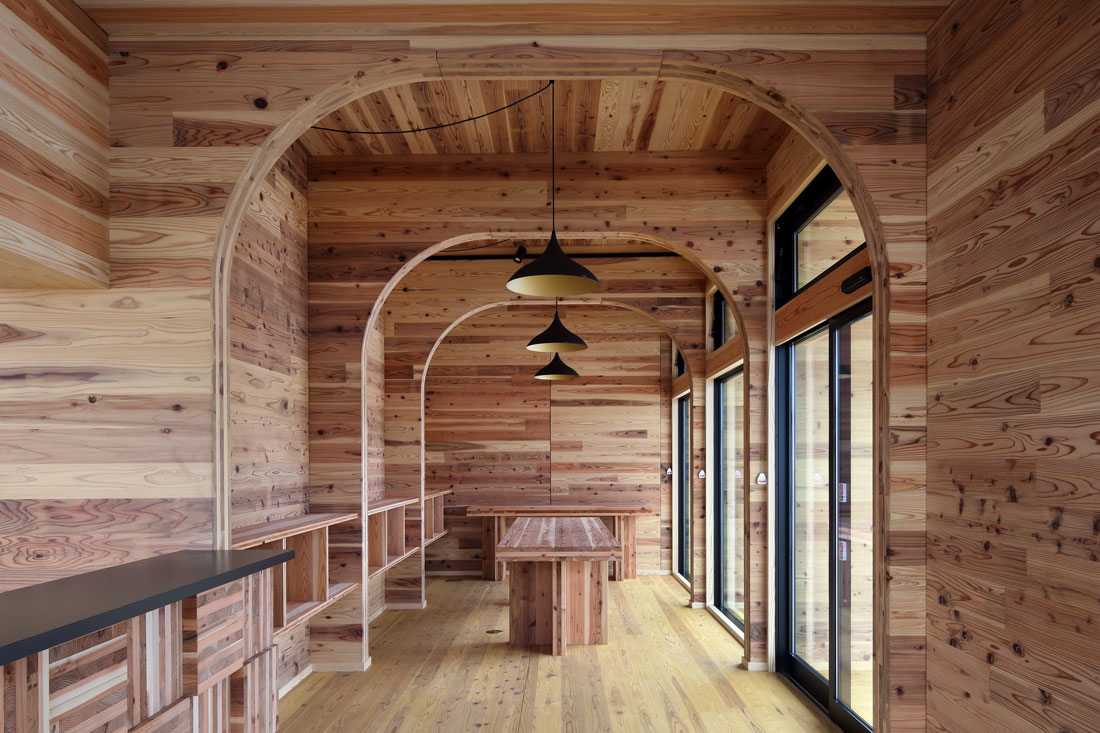
Photography by Kei Sugino. Courtesy of Junichi Kato & Associates
January 19th, 2018
CLT (Cross Laminated Timber) continues to gain momentum in the construction industry as an efficient building material. The Asia Pacific region lags behind Europe (and particularly Scandinavia) in terms of CLT take up and production (read more about engineered timber construction in Asia Pacific here). This is mainly because the cost of labour, which could be significantly reduced by building with CLT, is already low in Asia. But the region can catch up by boosting its CLT production. Japan is poised to do that by encouraging architects to build projects using CLT to showcase the material’s benefit to their peers and the general public.
One of these recent pilot CLT projects is the Santo CLT Office in pottery town Shigaraki, designed by architect Junichi Kato and Associates. The office is home to local construction company Santo, who commissioned the architect with a brief that asked for the use of CLT in three ways: in the building’s structural cross section, as a finishing material and as a curving structure.
Designed in five months and constructed in just two days, the 138.8-square-metre office has addressed the brief with structural CLT arched frames creating a vault-like working space that feels both gentle and warm. The arches are the architect’s tribute to Shigaraki’s ancient kilns – “So that the local residents will find the building appealing,” says Junichi Kato.
The CLT used in the project is made from Biwako timber, a certified Shiga Prefecture product, by Japan’s largest CLT producer Meiken Lamwood. The Santo CLT project is part of an effort to invigorate the prefecture’s forestry industry and bring prosperity to Shiga.
Explains Kato, “CLT panels in Japan are made using cedar wood pulp. Cedarwood is currently found in abundance in Japan but the infrastructure for cutting the wood in the mountains is not well developed and there is a shortage of forestry workers. The price of CLT panels is therefore still higher than that of other construction materials.” It is hoped that by showcasing the benefits and appeal of CLT, public interest in the material will increase and eventually create demand for a sustainable and more sophisticated ecosystem for CLT production.
Pictured here is a view of the exhibition space at the Santo CLT Office. Photo by Kei Sugino (courtesy of Junichi Kato and Associates).
INDESIGN is on instagram
Follow @indesignlive
A searchable and comprehensive guide for specifying leading products and their suppliers
Keep up to date with the latest and greatest from our industry BFF's!

A longstanding partnership turns a historic city into a hub for emerging talent
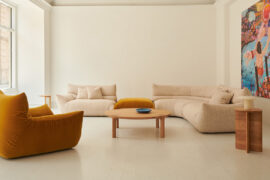
A curated exhibition in Frederiksstaden captures the spirit of Australian design

For Aidan Mawhinney, the secret ingredient to Living Edge’s success “comes down to people, product and place.” As the brand celebrates a significant 25-year milestone, it’s that commitment to authentic, sustainable design – and the people behind it all – that continues to anchor its legacy.
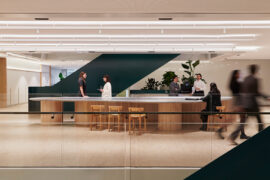
Law is one of the oldest professions in the world but Architectus’ new design for Ashurst Sydney’s workplace at 39 Martin Place reflects and responds to contemporary shifts.
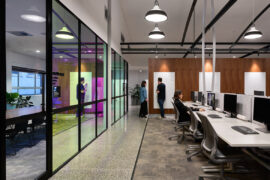
Architectus’ new headquarters for Q-CTRL addresses complex technical requirements while creating an enjoyable place to work.
The internet never sleeps! Here's the stuff you might have missed
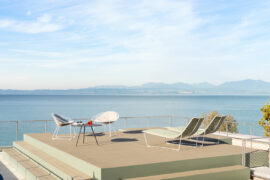
Arper expands its outdoor offer by re-engineering some of its most recognisable indoor pieces for life outside.
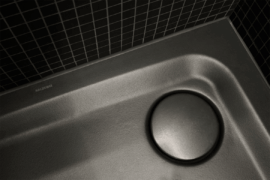
Overlooking Berlin Zoo, the suites of the 25hours Hotel Bikini Berlin curate the sustainability ethos in an entirely unique and dynamic aesthetic. Think natural fabrics and materials, jewel-hued colours, curves and cushions, spa-like bathrooms and hammocks with views over urban greenery.
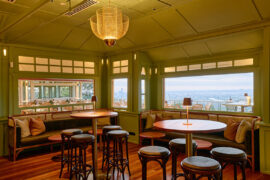
A multi-million dollar revitalisation of the heritage-listed venue at Brisbane’s beauty spot has been completed with The Summit Restaurant.

In a landscape clouded by data and greenwash, Product Aware offers architects and designers a common language for sustainability. Embraced by suppliers – including Milliken – it is setting a new benchmark for trust and bringing clarity and accountability to material specification.